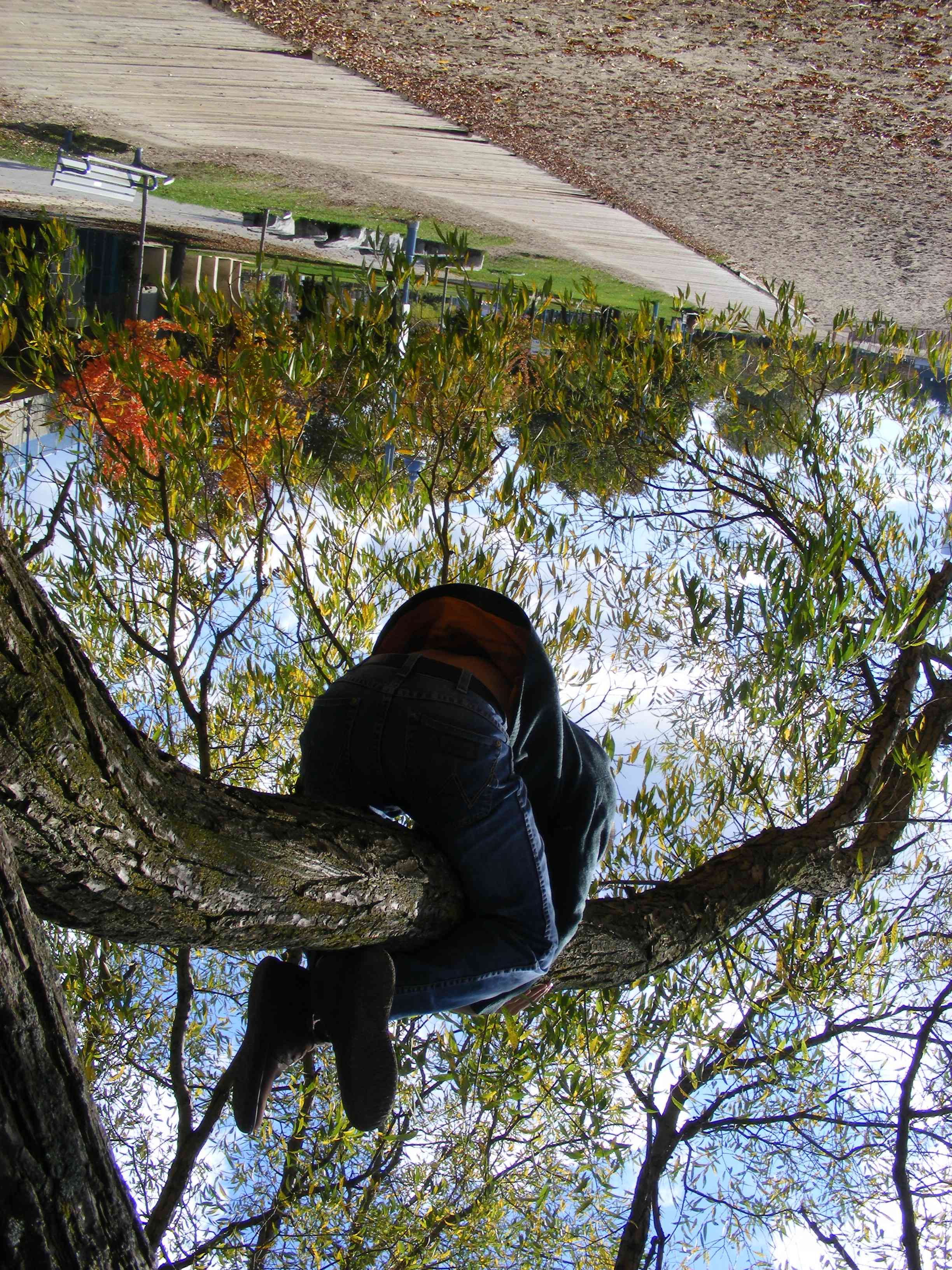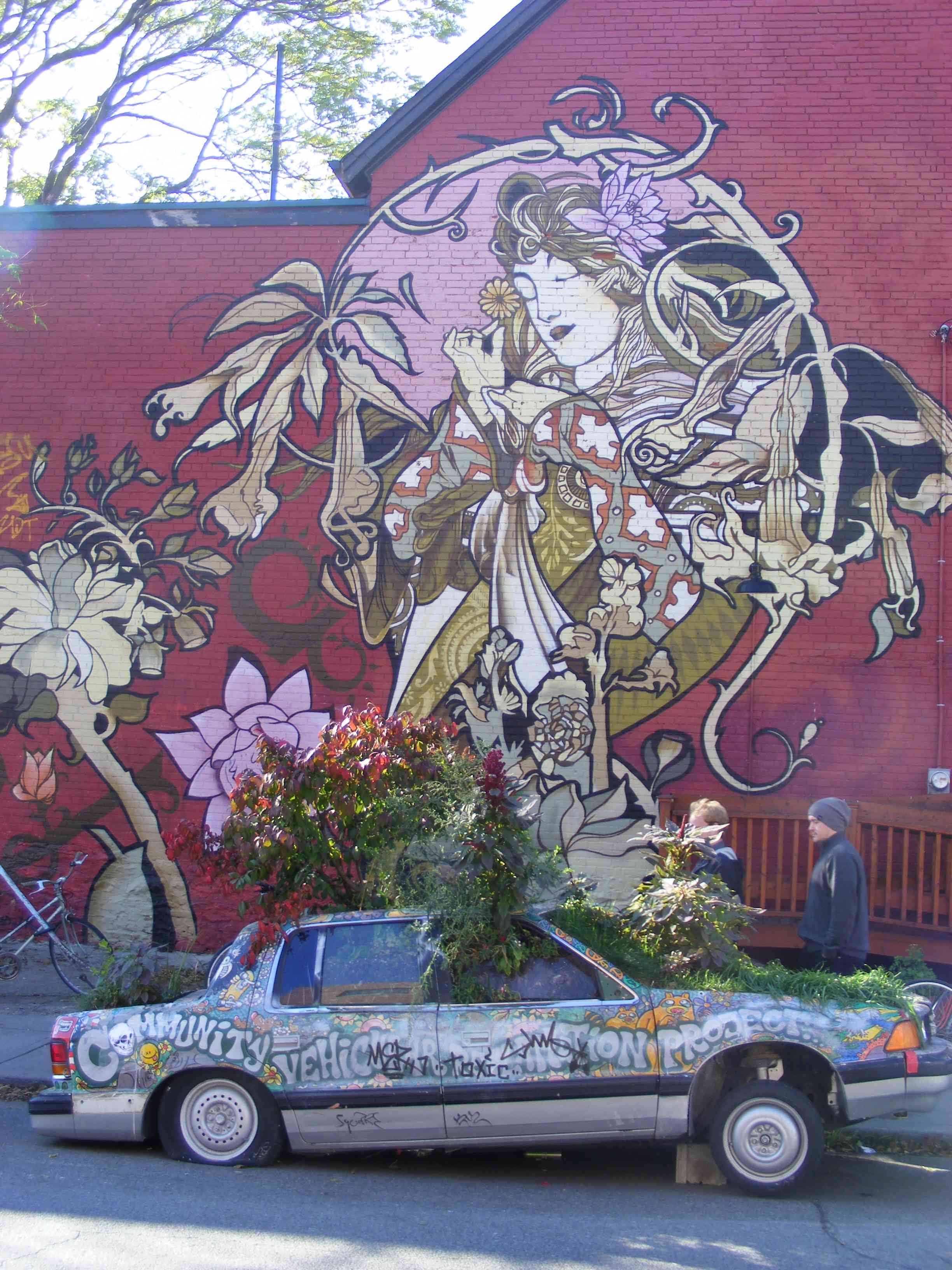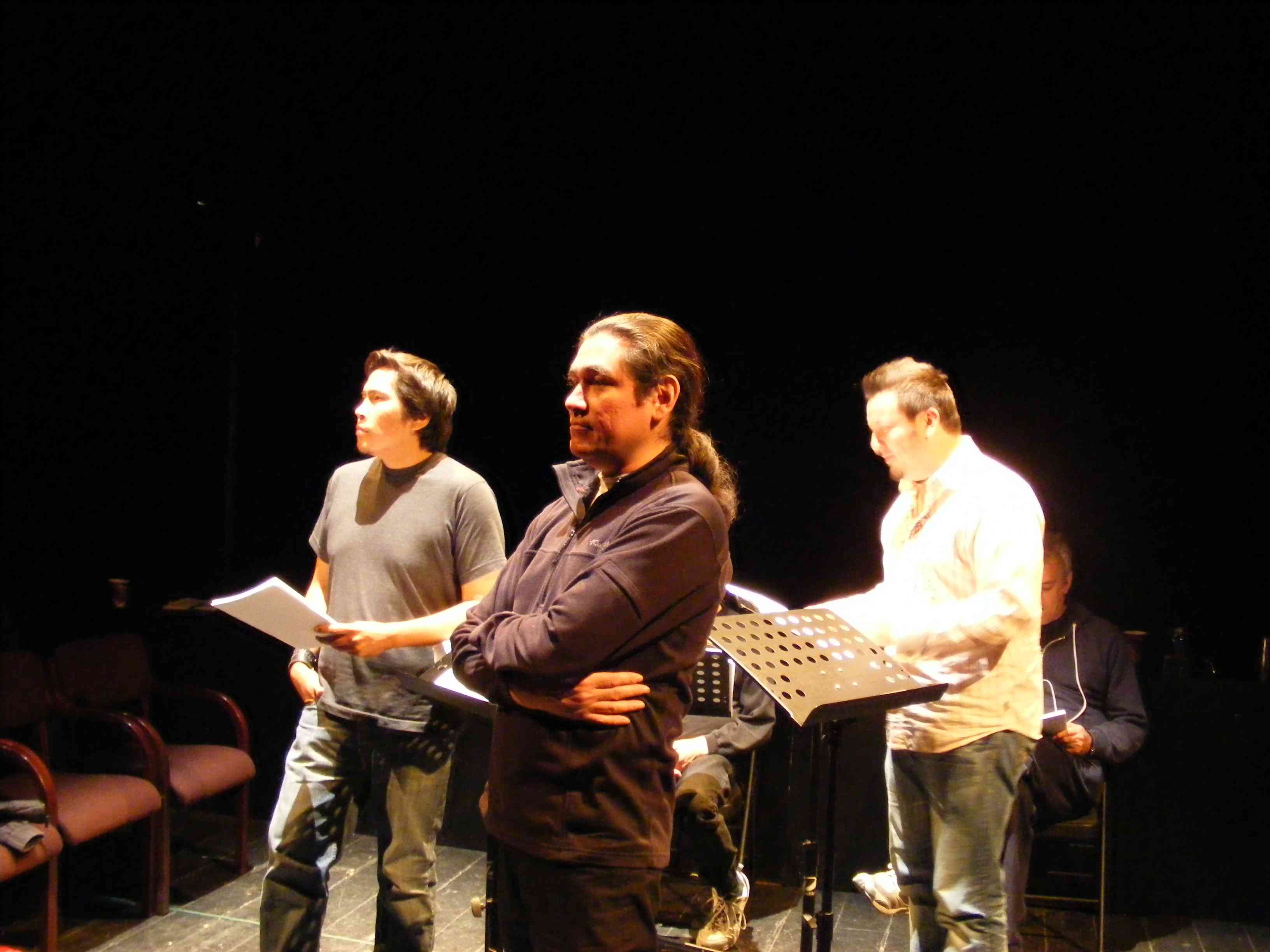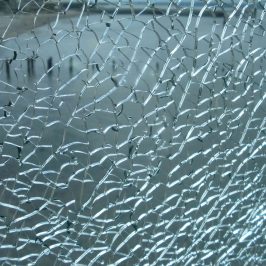I went to Toronto. It is great! And I say that having arrived with a large degree of scepticism towards… well, towards cities (North American cities in particular) and what could be called the biggest-bang-for-the-buck-attitude (or perhaps it’s a deeper hesitation when it comes to straight lines). In many ways my scepticism was confirmed: the bus or streetcar won’t give you change so you always have to have three bucks on you to use the public transport, to get a day pass you have to go to the metro which usually involves, yes, taking a bus which defeats the point of the day pass, all prices are displayed without taxes so you have to do the maths yourself, you have to get your wine (and beer) from the wine monopoly (bloody Swedish conditions), toilets are designed with a lake in them so that you can crap into a little pool of water… Big things and little things, these were by far outweighed by the vibrancy of the cultural life (ok, and the fact that my amazing sister lives there).
I was lucky to have picked a week when there was loads of theatre on with both the imagineNATIVE and Weesageechak festival unfolding as well as related events like a concert by the legendary Buffy Sainte-Marie. All this, and a couple of days of brilliant sunshine, added up to a great impression. In keeping with my attempt to wane my use of Facebook (and to keep ownership of my pictures) I share some of these impressions here.
For an enhanced blog experience I include a little story, which can be ignored or read as you please. It could well be called “The Scientist and the Sword”.
Before World War II, a famous German scientist involved in military research came to Japan. When he returned to Germany, he took with him several Japanese swords and entrusted them for scientific analysis to an institute specializing in research and development of high technology steel. The scientist was an admirer of Japanese swords, held them in high respect, and knew of their superiority when compared with European swords.
The stark simplicity of the Japanese sword belies its many fine qualities: the extraordinary attention paid to details on the blade and hilt, the sharp, clear feeling of the cut, the soft touch in the hands as the shock of contact is naturally dissipated and the rarity of damage to the hardened cutting edge, the whole being made resilient by a core of softer steel.
He was aware of these qualities, but something bothered him: the air of mysticism that enshrouded the traditional method of forging the steel blade, for the swordsmith, dressed all in white to symbolize purification, does his work before a Shinto altar. This seemed to him very, very primitive, and he also had a low opinion of the sacred awe with with the Japanese regard the sword. He wanted to penetrate the mystery and unravel the secrets, but no matter how earnestly he requested it, he was never permitted to watch the swordsmith at work.
Thus it was that he decided to have a scientific analysis made of the materials and the method of production. With the scientific data gathered in the laboratory at hand, he thought he would reconstruct the sword using the most recent technology available at the time. As a German with absolute confidence in the efficacy of science, he must have been convinced that an exact replica of the Japanese sword could be manufactured, and he may have imagined that he could show up the old-fashioned, esoteric techniques of the swordsmith.
The outcome was utter failure. Collecting scientific data posed no problem, of course, but when he actually tried to make a sword, the result was just another commonplace sword. His use of scientific know-how, even with repeated experimentation and modification of the production method, ended in disappointment. Finally, he was forced to give up his attempt and acknowledge the superiority of the “old-fashioned, esoteric” method of Japanese swordmaking.
This episode suggests that even though traditional Japanese craftsmanship can be subjected to modern, scientific analysis, there will always remain an element or ingredient that escapes conventional scrutiny or analysis. In traditional technology much of the achievement is due to intuitive quality, known as the working of kan, and this can be acquired only through the accumulation of years of training. For kan-intuition to work, one must experience a creative tension stemming from single-minded concentration on the work in progress. This opens the way for a higher power, kami in Japanese, to enter into the process. Much of the success depends on becoming filled with divine consciousness or kami. The Japanese craftsman in making a single sword relies on kan both to select the proper materials and to combine them in the precise way transmitted in his family. It is not too much to say that the entire process of firing, forging and cooling is dependent on the elusive work of kan.
If we think of the Japanese sword in terms of the blade and the hilt, the blade consists of the sharp edge of the sword, the tip, the back of the blade and the shinogi (a lenghtwise ridge between the edge of the sword and its back). Each of the parts has a slightly different function in sword fighting, and accordingly each is made with different materials and methods. These subtle differences are all determined by kan-intuition born out of intense concentration and an almost religious devotion to the craft. This is why the swordsmith has an altar enshrining kami in his workplace, wears ceremonial white garments, and performs purification rites as an integral part of the swordmaking process. In this solemn atmosphere, he can let his mind become settled; then he is ready to begin his task.
To the swordsmith, his work is a sacred art, for unless this be so, the kami will become irritated and upset his kan-intuition. Not only the parts, but the Japanese sword as a whole, are born from intuitive and divine power, both of which may be beyond scientific analysis and hence “mysterious.” That the German scientist, attracted by the mystic beauty of the Japanese sword, attempted a scientific analysis was in itself a contradiction, and it was only natural that his experiment should fail.
Kisshomaru Ueshiba














Leave a Reply